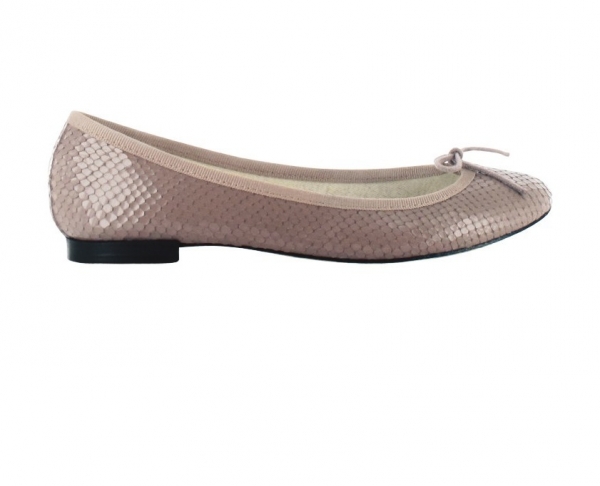
But Sou Lai pour Lanvin
Basé à Honk Kong, But Sou Lai est un photographe de talent, dont les images prises sur le vif confèrent à l'objet photographié, une plénitude hors du commun. Il est l'unique photographe choisi par Alber Elbaz pour son livre publié chez Steidl ce printemps. Une somme extraordinaire réalisée à partir d'une seule collection, pour fêter dix ans de création chez Lanvin, sans l'ombre d'un retour en arrière. Interview.
When was the first time you met with Alber Elbaz? How did it happen?
About 5 years. Shelly got me a pass for the Lanvin AW 2007 show, which is how I got photograph my first show in Paris. However, I only met Alber a month later in Shanghai when I had the images ready, that’s when Shelly officially introduced me to him.
When did he decide to make this book? I don’t know when exactly Alber made the decision, but I was contacted about two months prior to the show to photograph for this book.
How many photos did you take?
Three weeks, seven days a week and twelve hours a day ….of images. A lot but not enough.
How did you edit the pictures?
I made the first selection of about three thousand images. Then Alber, Shelly, Pascal and Katy stepped in and started downsizing and finalizing from there.
What was the best moment?
11 months later when Shelly showed me some first samples of images printed on the final paper in a hotel lounge.
What struck you most?
The amount of professionalism, obsession, intensity, passion… everyone has. You have got to love it so much that you go through all these processes again and again for every season. Very inspiring.
How did you feel in the ateliers, the company?
To be honest, at the beginning, I felt a bit uncomfortable because I had to be so up-close photographing everyone all the time in the building, but very soon, this feeling was gone because I became part of the family which is really how it works at Lanvin.
How would you define this work, as it’s concentrated on one collection?
Alber wanted to tell a story, a story not really about the beginning and the ending, but a story about the in-between, the process. Yes, it is about one collection, but this process represents all the previous collections and many many many more to come. Concepts change, designs change, technologies change, materials change, perceptions change, models change…..but the process stays
